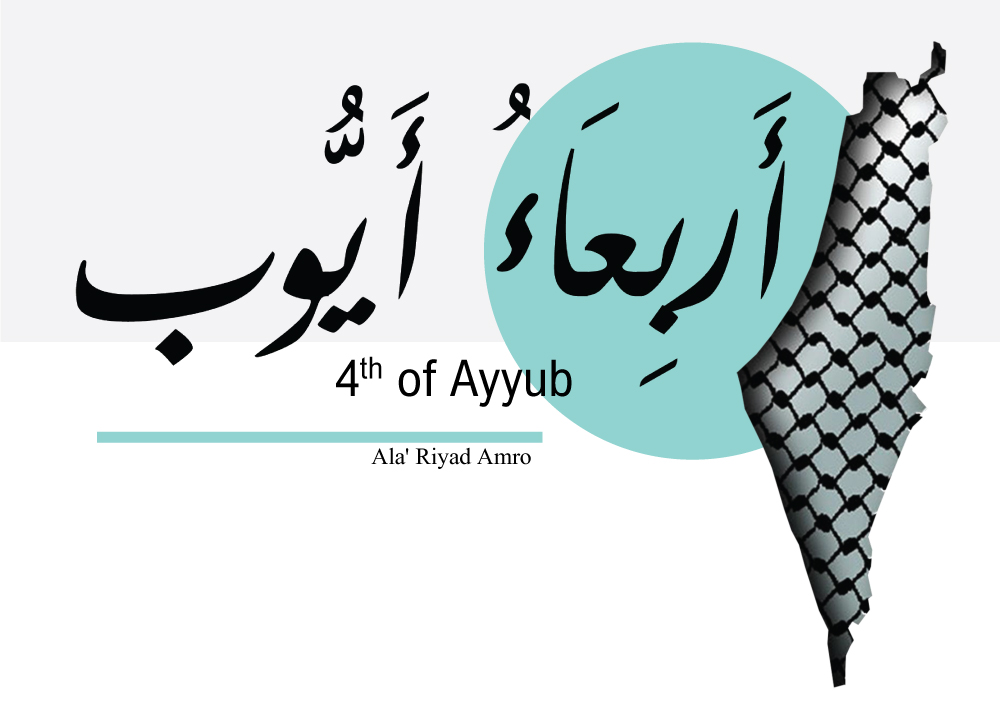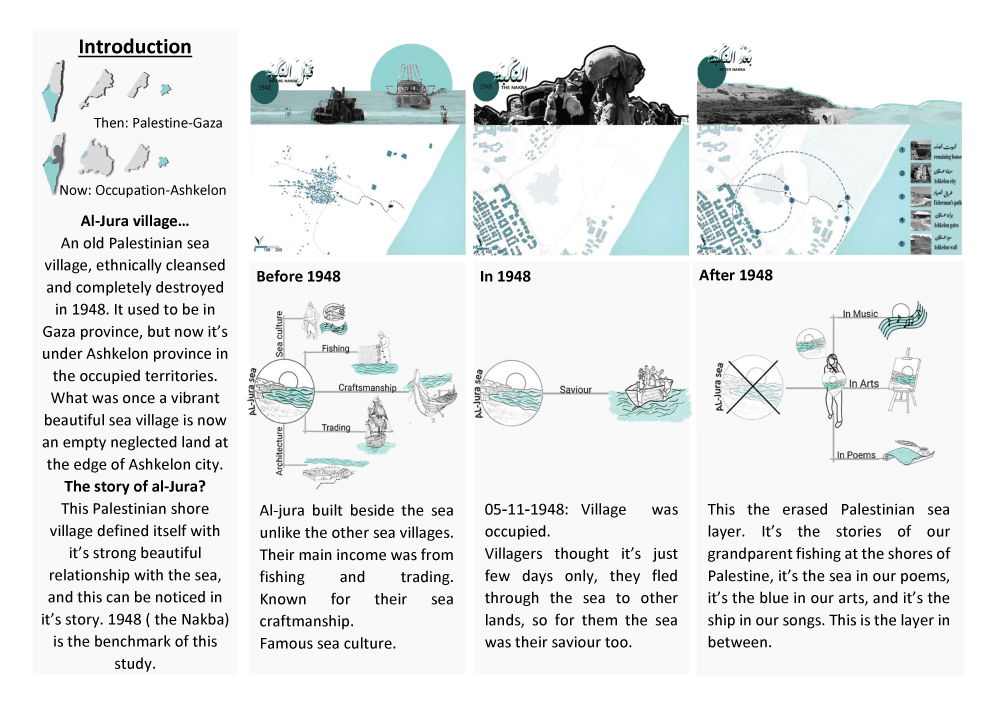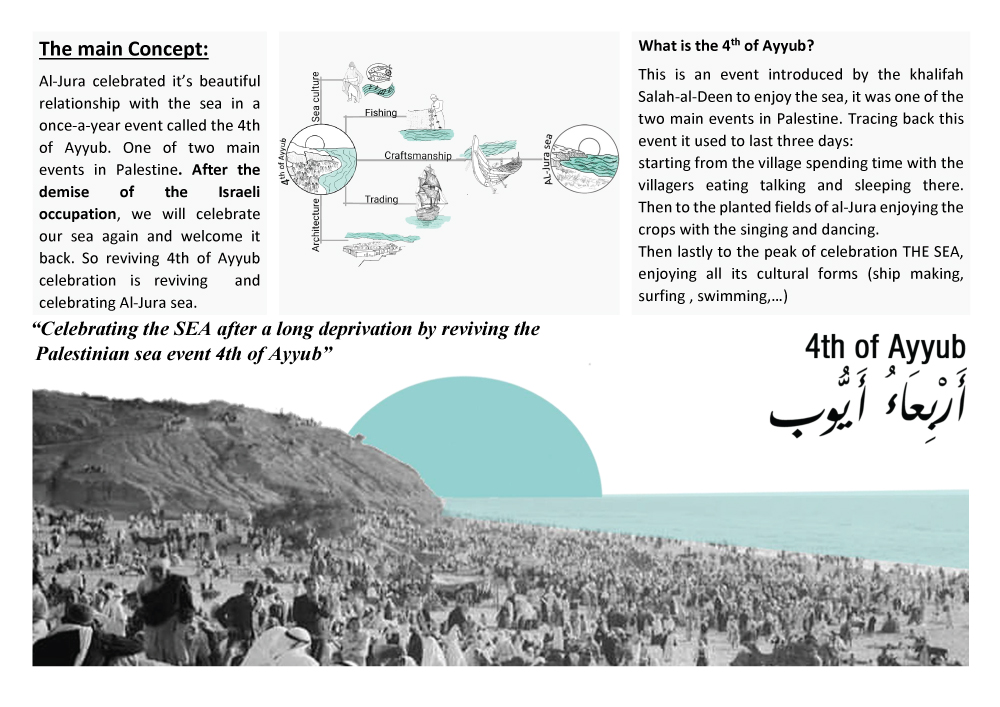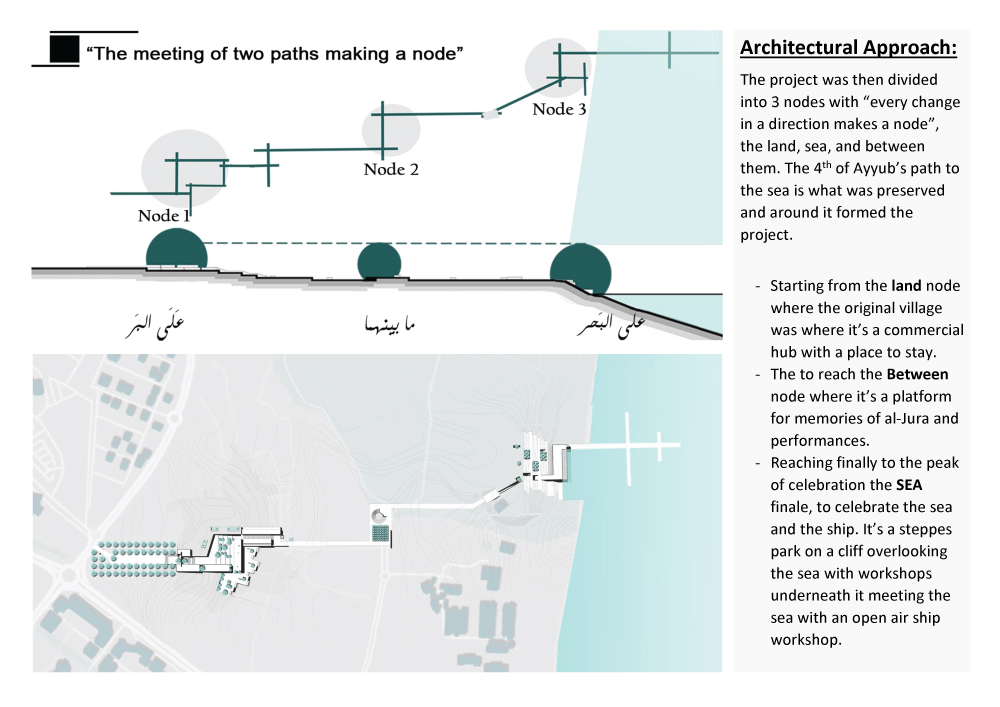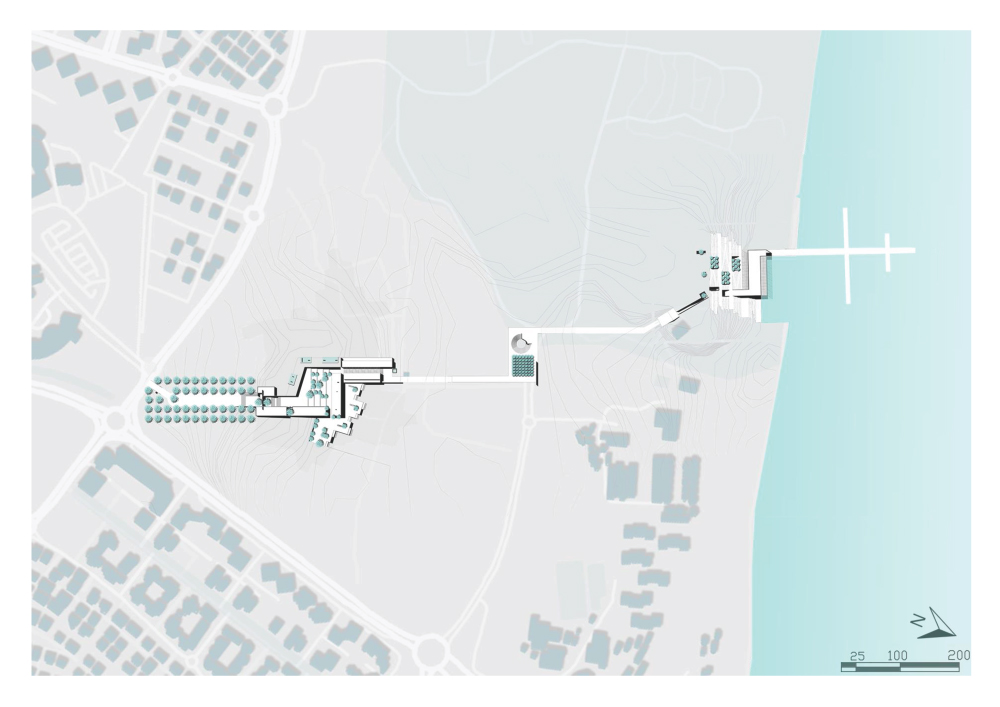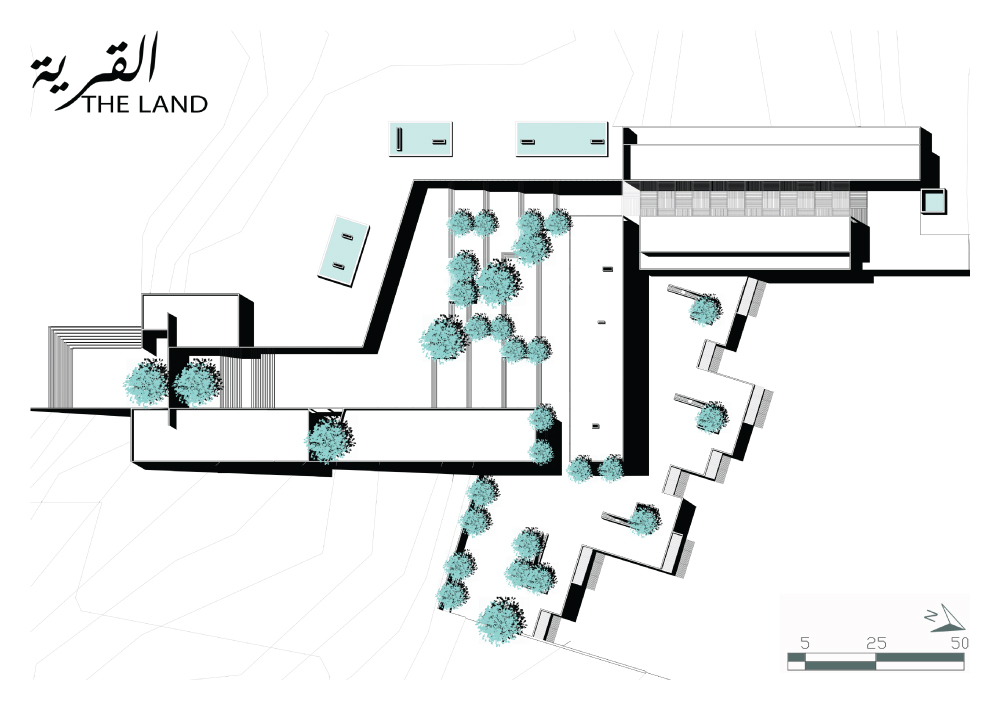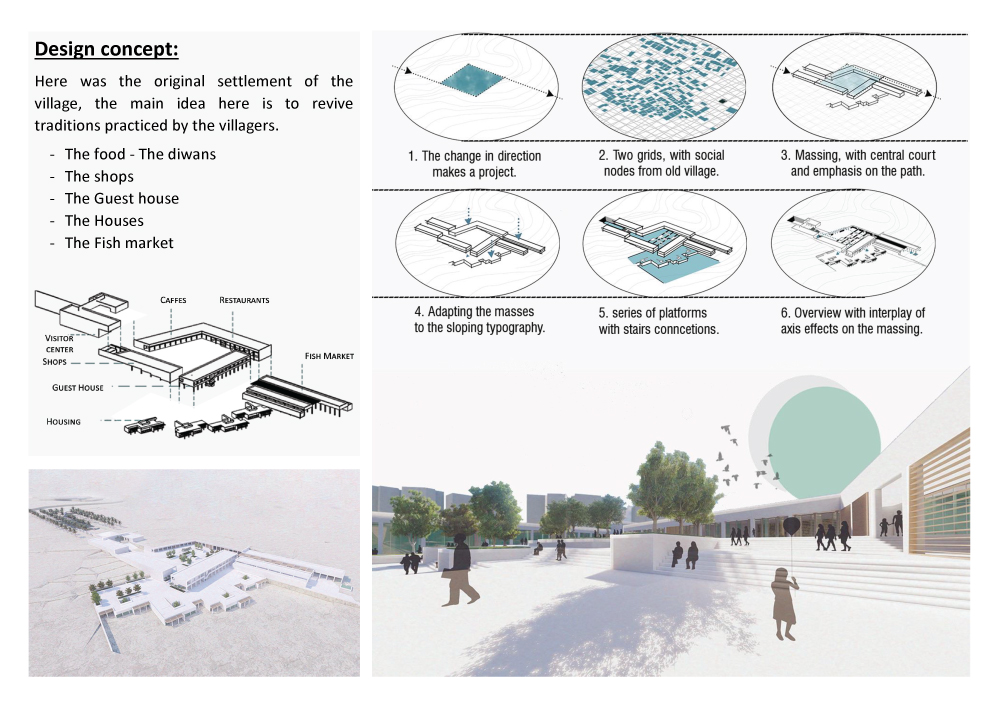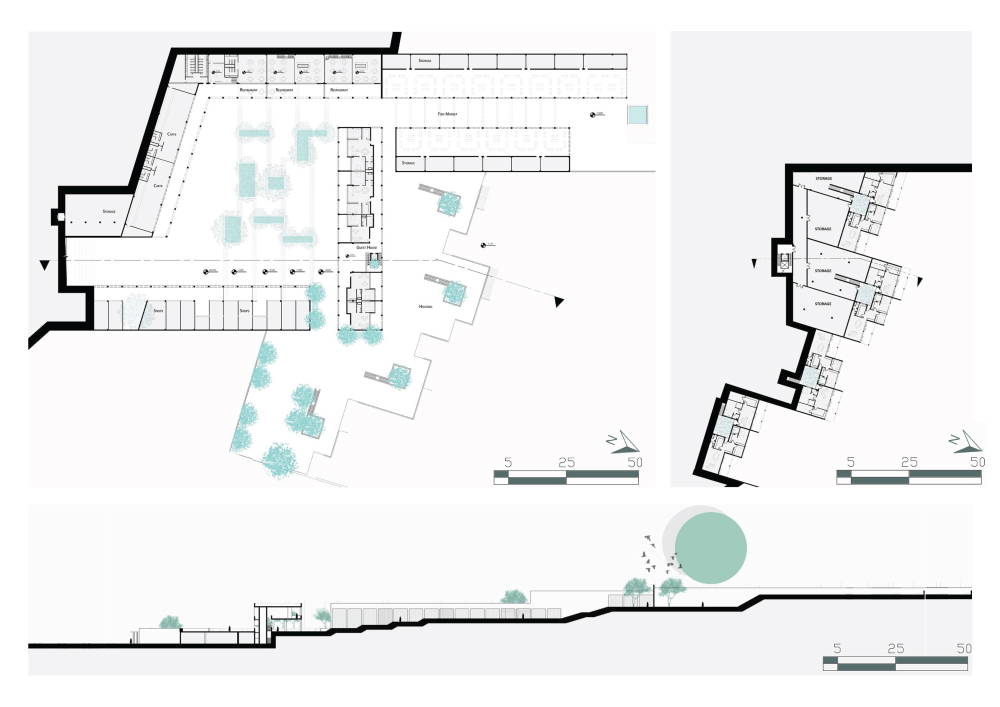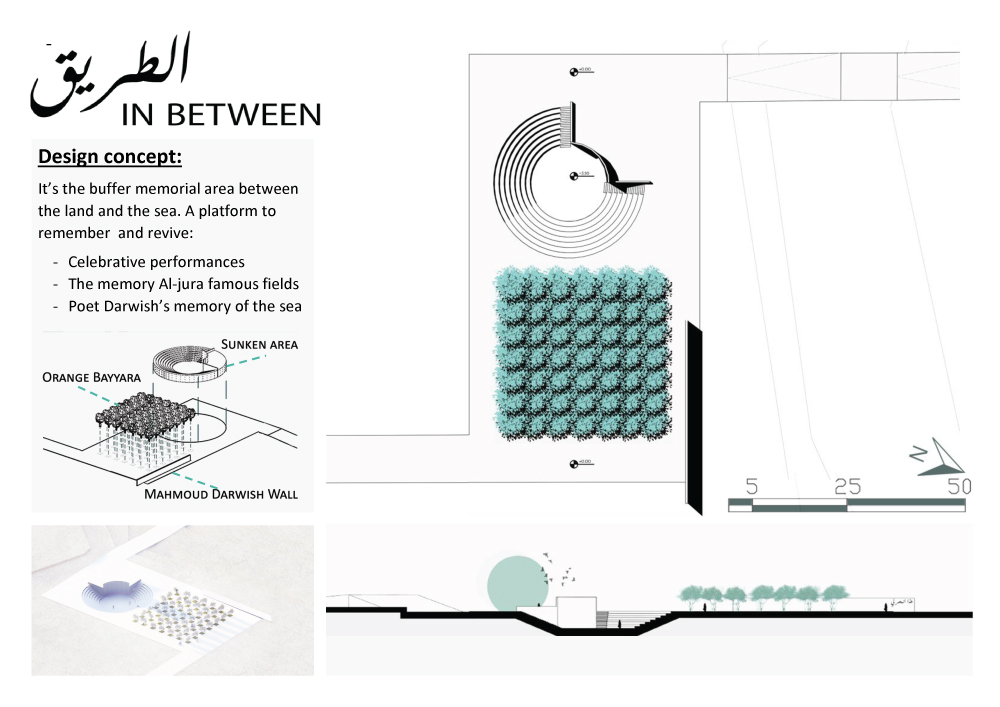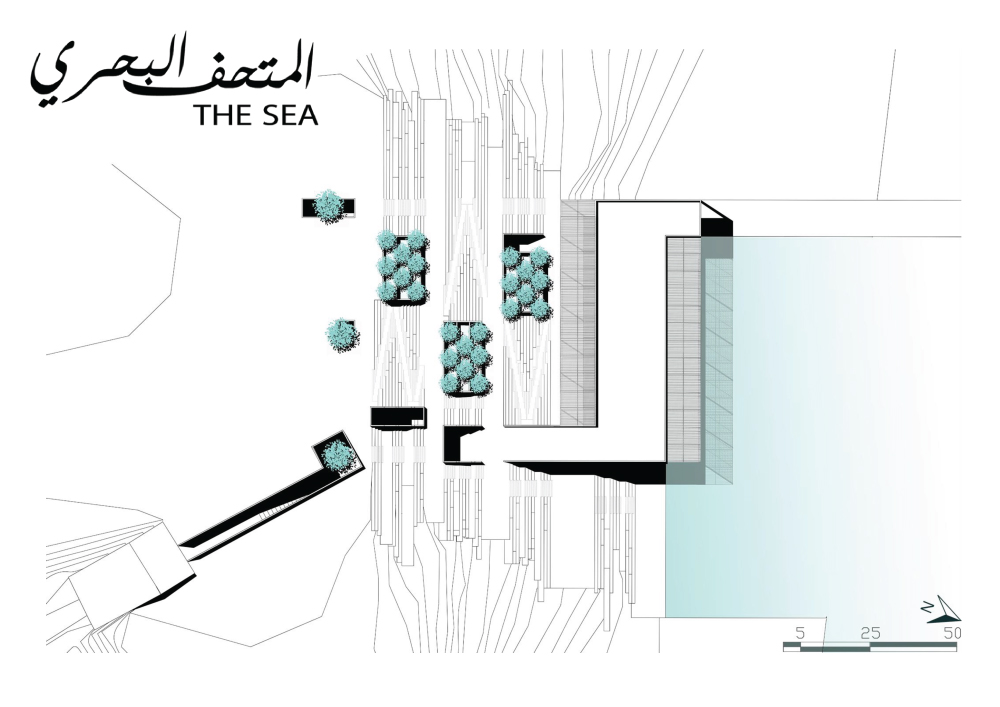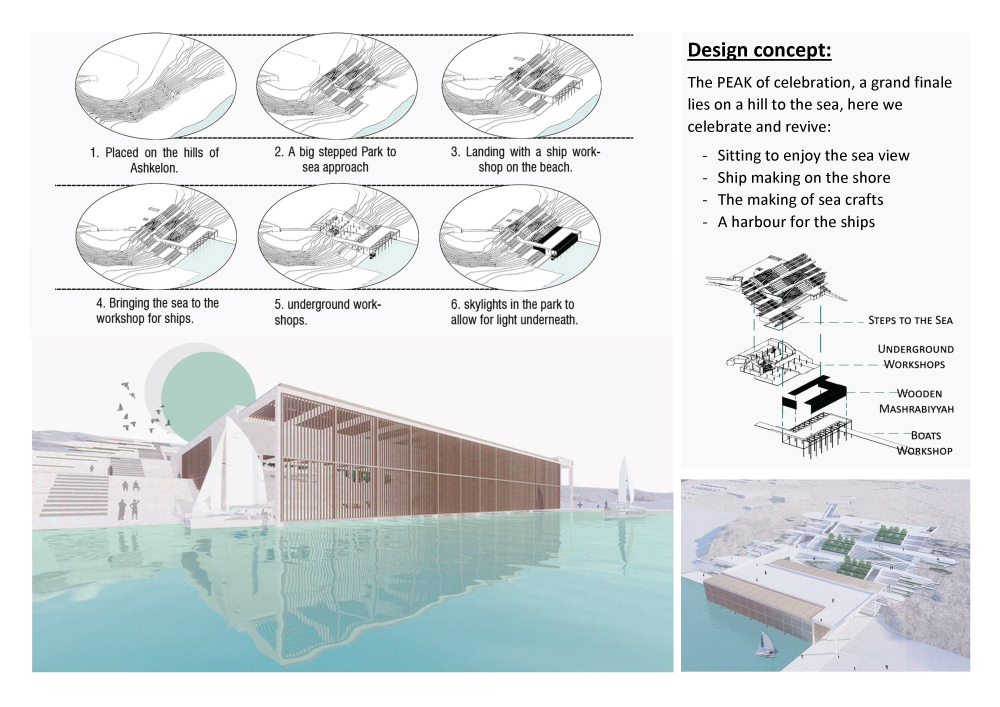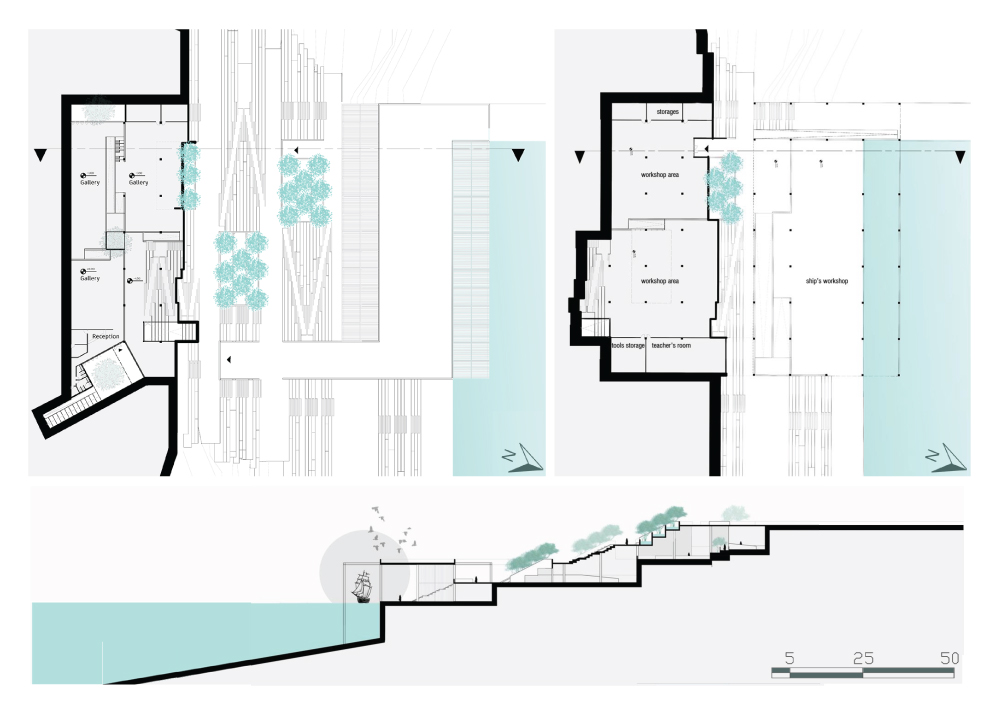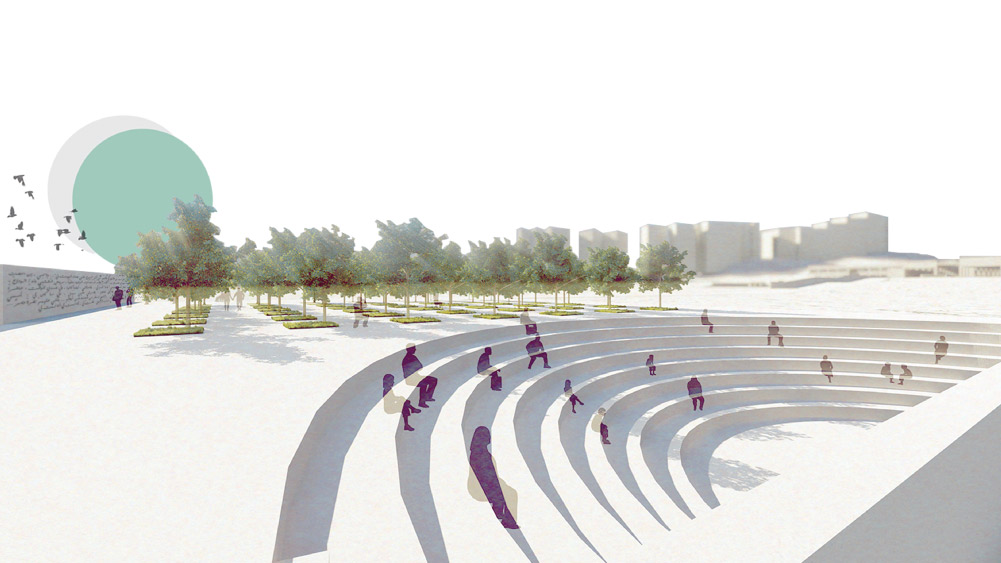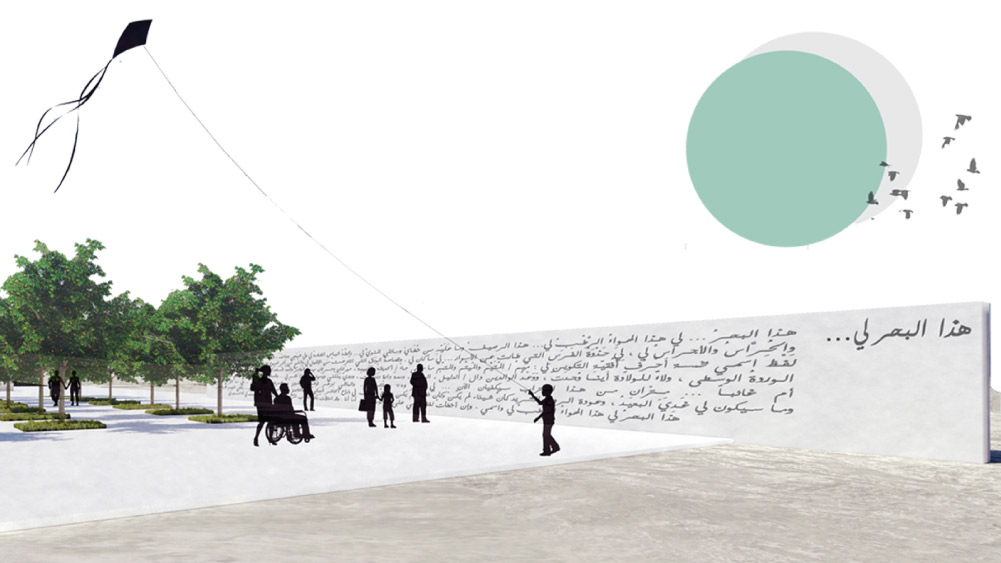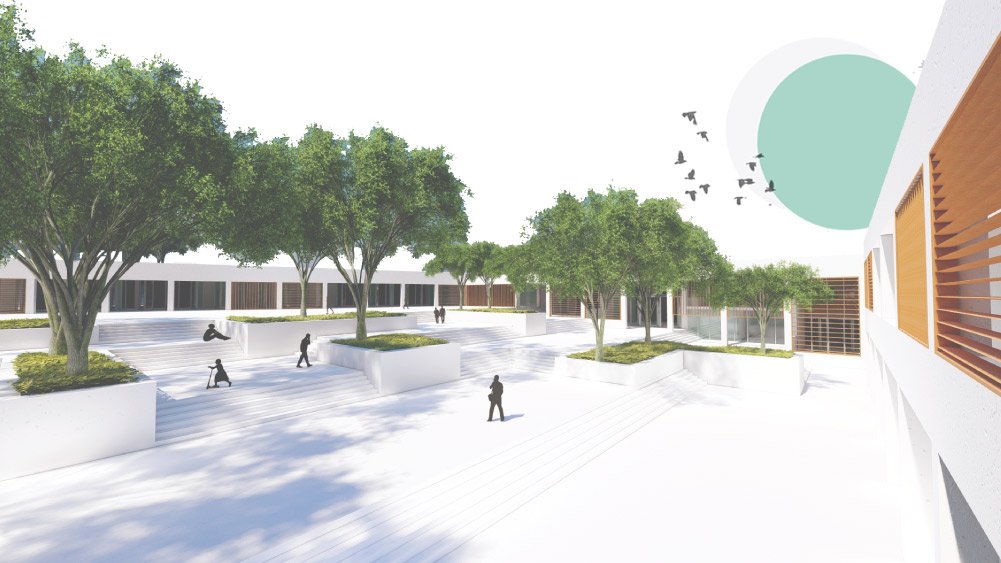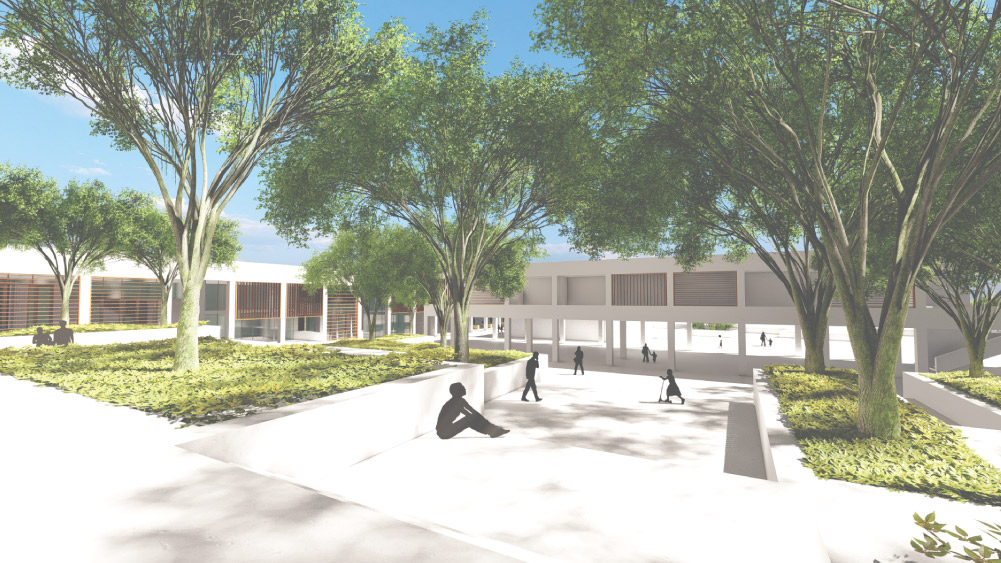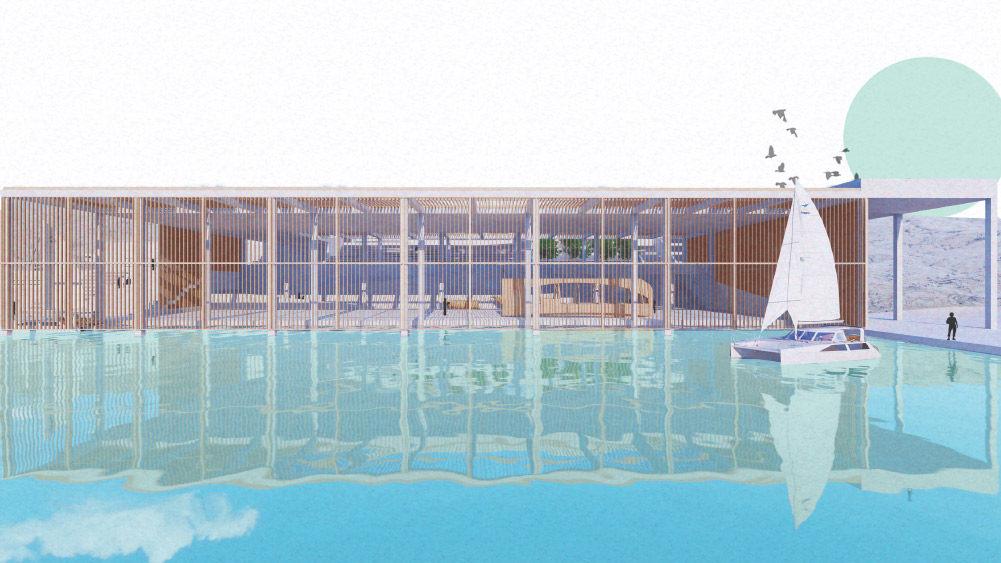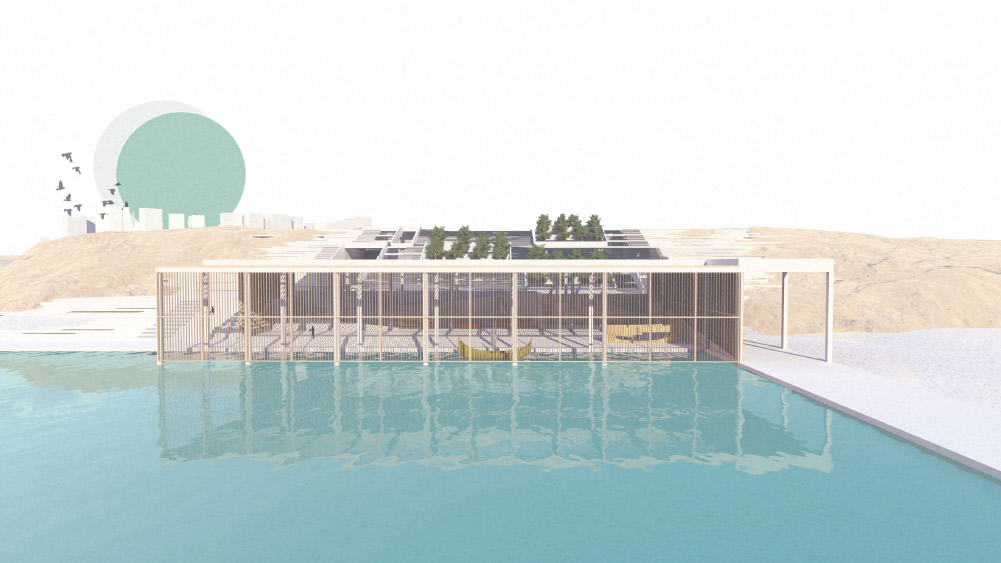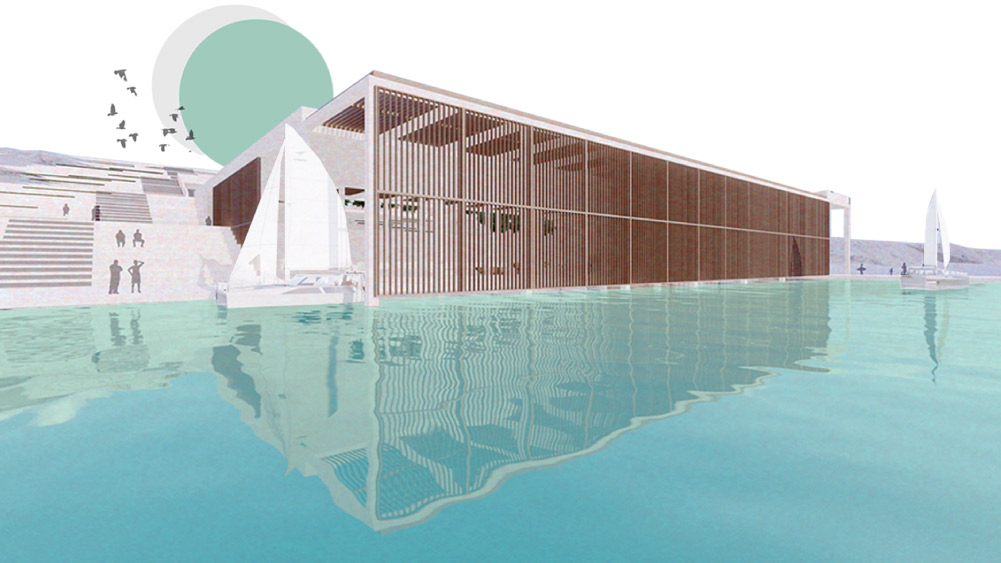he village was situated in a flat expanse of land surrounded by sand dunes. To the south of it, there stretched a desert of sand known as "Sands of Ashkelon," formed as a result of the gradual expansion of sand dunes. Jura, also known as Jura Ashkelon to distinguish it from other villages with the same name, was believed to have been established on the remains of an ancient village known in the Roman period as Jagoor. The village appears in Ottoman documents dating back to the late sixteenth century under the name "Jura Al-Hajj" and was located .in the Gaza district, with a population of 253 inhabitants
Its residents were all Muslims, built their homes with bricks and stones extracted from the ruins of Ashkelon. They had a mosque with an attached school established in 1919, and the number of students reached 206 in the forties. The mosque, school, and market were all located in the center of the village.
Jura was approximately 5 kilometers away from the city of Majdal, and due to its coastal location, its climate was cooler in the summer compared to other inland areas. Therefore, it served as a summer retreat for the residents of Majdal. The village hosted an annual season where people from all cities of the Gaza district and its villages gathered for swimming, sports, and religious celebrations. A special market was held during the season for visitors to shop.
The economy of Jura was diverse. Fishing and bird hunting were the main sources of livelihood, and the village was known for its fish and birds, which were sold in many towns and nearby villages. Agriculture was also significant, with various citrus trees, grapes, apricots, apples, and almonds planted in the village
